|
|
American Involvement, |

|
Like the Churchill-I, the IV had the ability to cross very wide trenches and shell craters. It had also a redesigned turret of cast armor combined with welded armor plate. This tank carried the 61b anti-tank gun and good enough to deal with Pz III-series used by the Germans. |

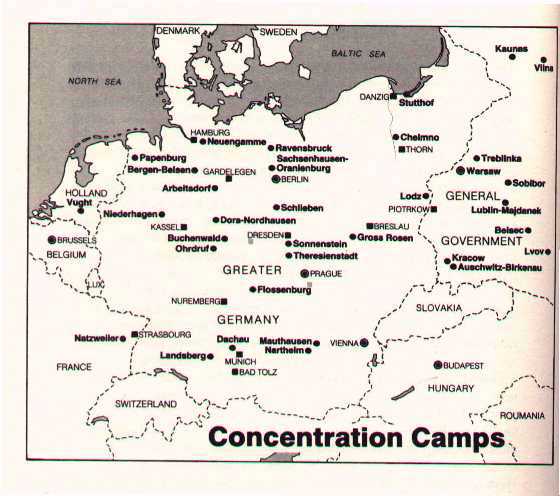
| The meaning of the Lend-Lease Act for British Commenwealth in comparison with the total United States production in percentage. | ||||||||
|---|---|---|---|---|---|---|---|---|
| (first 1/2 year) | ||||||||
| 1942 | 1943 | 1944 | 1945 | |||||
| Planes and outfit | 12,4 | 11,9 | 13,5 | 11,8 | ||||
| Ships, outfit and spare | 5,5 | 11,8 | 6,7 | 5,4 | ||||
| Artillery and munitions | 10,4 | 10,0 | 8,8 | 4,6 | ||||
| Crafts and outfit | 9,8 | 26,7 | 29,4 | 12,1 | ||||
| Others munitions | 1,4 | 3,4 | 9,9 | 5,5 | ||||
| Provisions | 4,3 | 4,4 | 5,4 | 3,9 | ||||
| Agricultural products | 4,3 | 5,6 | 4,4 | 5,0 | ||||
| Metals | 3,9 | 4,2 | 3,4 | 3,5 | ||||
| Machines | 2,6 | 5,7 | 7,1 | 4,2 | ||||
| Other products | 0,7 | 0,6 | 1,1 | 0,7 | ||||
| Relative strenght in North-Afica, 31 March 1940 | ||||
|---|---|---|---|---|
| Germans/Italians | British | |||
| Inf. div. | 2 | 1 | ||
| Motor. div | -- | 0,6 | ||
| Tanks div. | 1 | 1,6 | ||
| Planes: | ||||
| Bombers | 50 | -- | ||
| Fighters | 20 | -- | ||
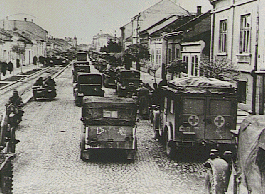
| Relative strenght at the begin of the Balkan states campaign (Yugoslavia and Greece). | ||||||||||
|---|---|---|---|---|---|---|---|---|---|---|
| Germans 12th and 2th Army against: | ||||||||||
| Yugoslavia | Greece | Yugoslavia | Greece | Br.exp.-corps | ||||||
| Inf. div. | 7 | 6 | 29 | 5 | 2 | |||||
| Motor div. | 4 | 3 | 3 cav. div. | 1 | -- | |||||
| Tanks div. | 4 | 2 | 6 brigades | 15 against Italian in Albania | 1 brigade | |||||
| |---------------------| | ||||||||||
| Tanks | -- | -- | -- | |||||||
| Planes: | ||||||||||
| Fighters/ scout planes | ||||||||||
| 700 old fighters | 80 fighters | |||||||||
| Bombers | ||||||||||
| ----------------------------------------------------------------------------------- | ||||||||||
| Hungaria: 10 Brigades | ||||||||||
| Italian: 28 Divisions and 320 planes (total) | ||||||||||

|
|



![]()
| German preperations for Operation 'Barbarossa' | ||
| The German troops at the German-Russian border: | ||
| 20 july 1940 | 23 divisies | |
| 7 oktober 1940 | 30 divisies | |
| 12 december 1940 | 34 divisies | |
| februari/april 1941 | 103 dsivisies | |
| 20 may 1941 | 120 divisies | |
| 2 juni 1941 | 129 divisies | |
| 23 juni 1941 | 153 divisies | |
| Elsewhere encamped: | ||
| Norway | 8 divisions | |
| Western front | 38 divisions | |
| ZO-Europe | 7 divisions | |
| N-Africa | 2 divisions | |
| Germany | 1 division | |
| Total | 209 divisions | |
| Germany | Sowjet-Union (estimate) | German Allied Powers | ||||
| Inf.+ cav. div. 119 | inf. div. 138 | Roemenië | ||||
| Motor. div. 15 Armor div. 19 | Armor+ mot. brig. 40 | inf. div. 12 cav. brig. 4 Armor brig. 1 Mountain fighters brig. 3 | ||||
| Soldiers 3.050.000 (Wehrmacht 7.240.000) | Soldiers 4.700.000 | |||||
| Motor. vehicles 600.000 | Hongaria | |||||
| Tanks 3.580 | Tanks 1.500 | Motor 2+ cav. brig. 1 | ||||
| Artillery 7.184 | Artillery ? | Slowakia | ||||
| Combat planes 1.160 | Combat planes 1800 | inf. div. 2+ motor. div. 1 | ||||
| Fighters 720 | Fighters 2000 | Italia | ||||
| Scouting planes 120 | Scouting planes 800 | Motor. div. 3 | ||||
| Finland | ||||||
| Divisions 18 | ||||||
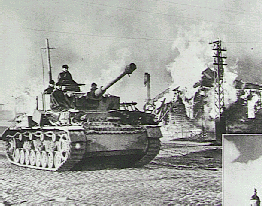
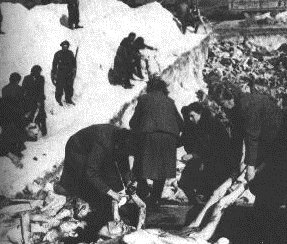
| Relative strength of German and Russian Airforce on 8 September. | ||||
|---|---|---|---|---|
| Germany | Sowjet-Union | |||
| North: | ||||
| Fighters | 202 | 115 | ||
| Combat fighters | 604 | 15 | ||
| Scouting planes | 80 | 3 | ||
| Transport planes | -- | (10) | ||
| Middle: | ||||
| Fighters | 151 | 373 | ||
| Combat fighters | 281 | 151 | ||
| Scouting planes | 25 | 18 | ||
| Transport planes | -- | (136) | ||
| South: | ||||
| Fighters | 213 | 403 | ||
| Combat fighters | 324 | 70 | ||
| Scouting planes | 36 | 20 | ||
| Transport planes | -- | (263) | ||
| Total | 1916 | 1175 | ||
|
|
| Comparative strenght of German and Russian Airforce at 1 Decembre. | ||||
|---|---|---|---|---|
| Germany | Sowjet Union | |||
| North: | ||||
| Fighters | 100 | 105 | ||
| Combat Fighters | 150 | 80 | ||
| Middle: | ||||
| Fighters | 160 | 88 | ||
| Combat Fighters | 330 | 67 | ||
| South: | ||||
| Fighters | 100 | 252 | ||
| Combat Fighters | 210 | 192 | ||
| Total | 1050 | 784 | ||
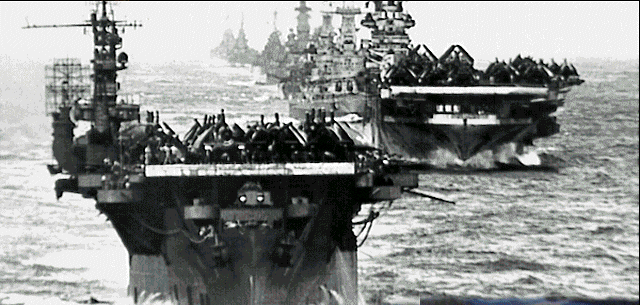
| Comparative strength in the Pacific at the begin of the War. | ||||
|---|---|---|---|---|
| Japan | Britain/Netherlands/ United States | |||
| Battleships | 10 | 16 | ||
| Carriers | 11 | 6 | ||
| Cruisers | 41 | 37 | ||
| Destroyers | 129 | 93 | ||
| Sub-marine | 67 | 70 | ||
| Planes | ca.4300 | ca.100 | ||
| Army units | 51 inf.div., 1 cav.br. | ca.12-14 div. | ||
|
The D3A Val was Japanese main dive bomber of the war. The carrier-based aircraft had a major role in the Pearl Harbor attack on 7 December 1941 and in the subsequent Japanese carrier operations in the Pacific and the Indian ocean. The Val was the latest in a long line of Aichi dive bombers based a the German Heinkel (He.111) designs. Up to 8821bs of bombs could be carried externally and the Val had two forward-firing 7.7mm machine guns. |

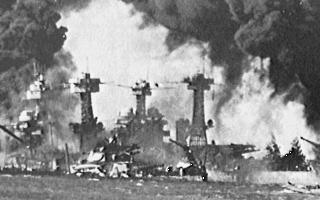
| The development of the United States Armed Forces of 1941-1945 | ||||||
| ______________________________________________________________ | ||||||
| Years | Officers | Men | Total | |||
| ______________________________________________________________ | ||||||
| 1941 | 99.536 | 1.341.482 | 1.460.998 | |||
| 1942 | 206.422 | 2.867.762 | 3.074.184 | |||
| 1943 | 579.576 | 6.413.526 | 6.993.102 | |||
| 1944 | 776.980 | 7.215.888 | 7.992.868 | |||
| 1945 | 991.663 | 7.374.710 | 8.266.373 | |||
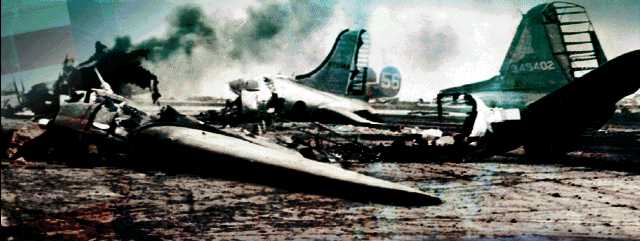

| "Im Heldenkampf verloren"; 22 June till 1 Decembre. | ||||||
|---|---|---|---|---|---|---|
| Dead | Wounded | Missing | ||||
| Army | 158.772 | 573.082 | 31.191 | |||
| Luftwaffe | 3.231 | 8.453 | 2.028 | |||
| Navy | 310 | 232 | 115 | |||
| Total | 162.313 | 581.767 | 33.334 | |||
| The number of Russian warprisoners are regarding this message till now 3.806.860. | ||||||
![]()